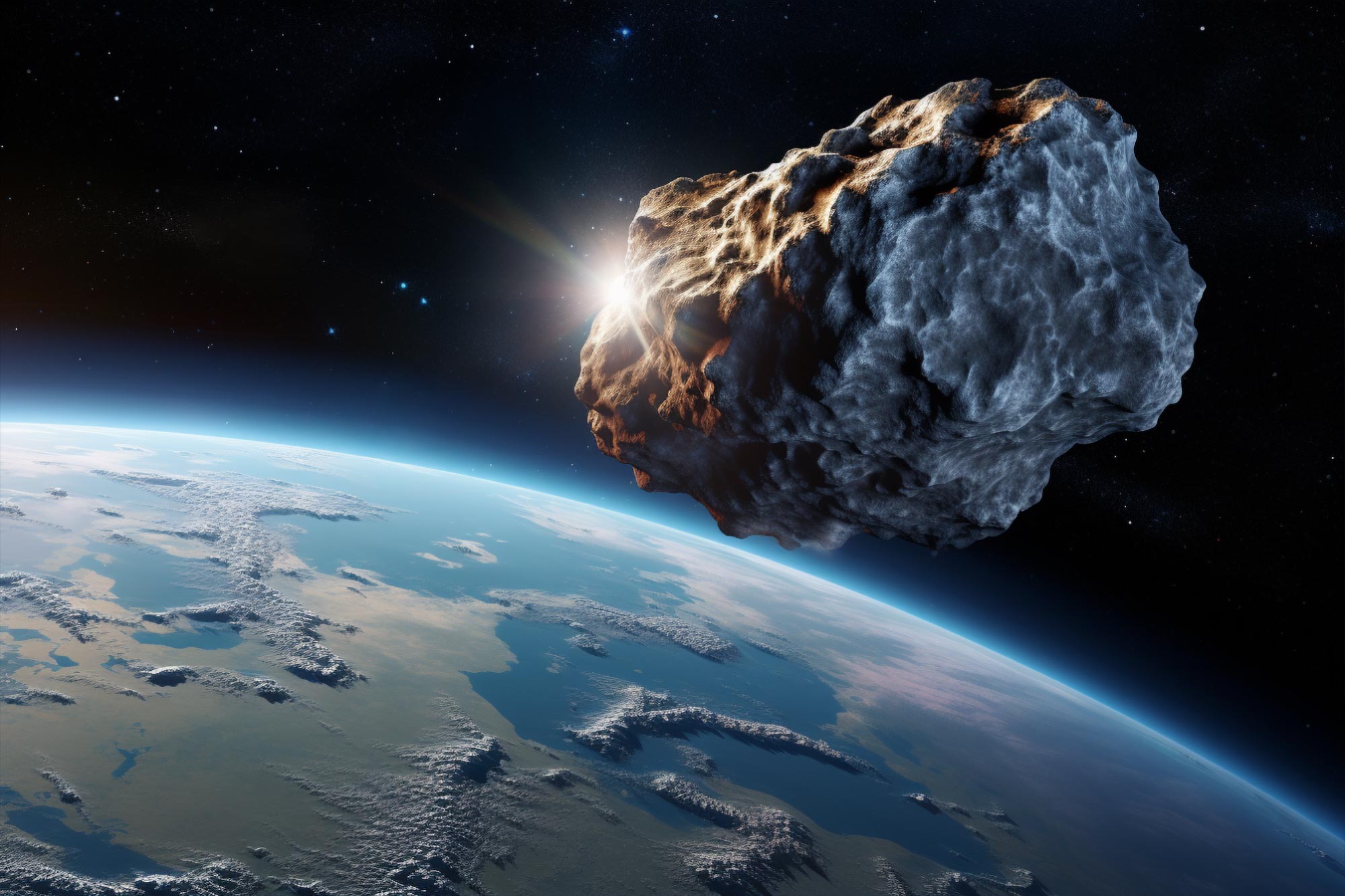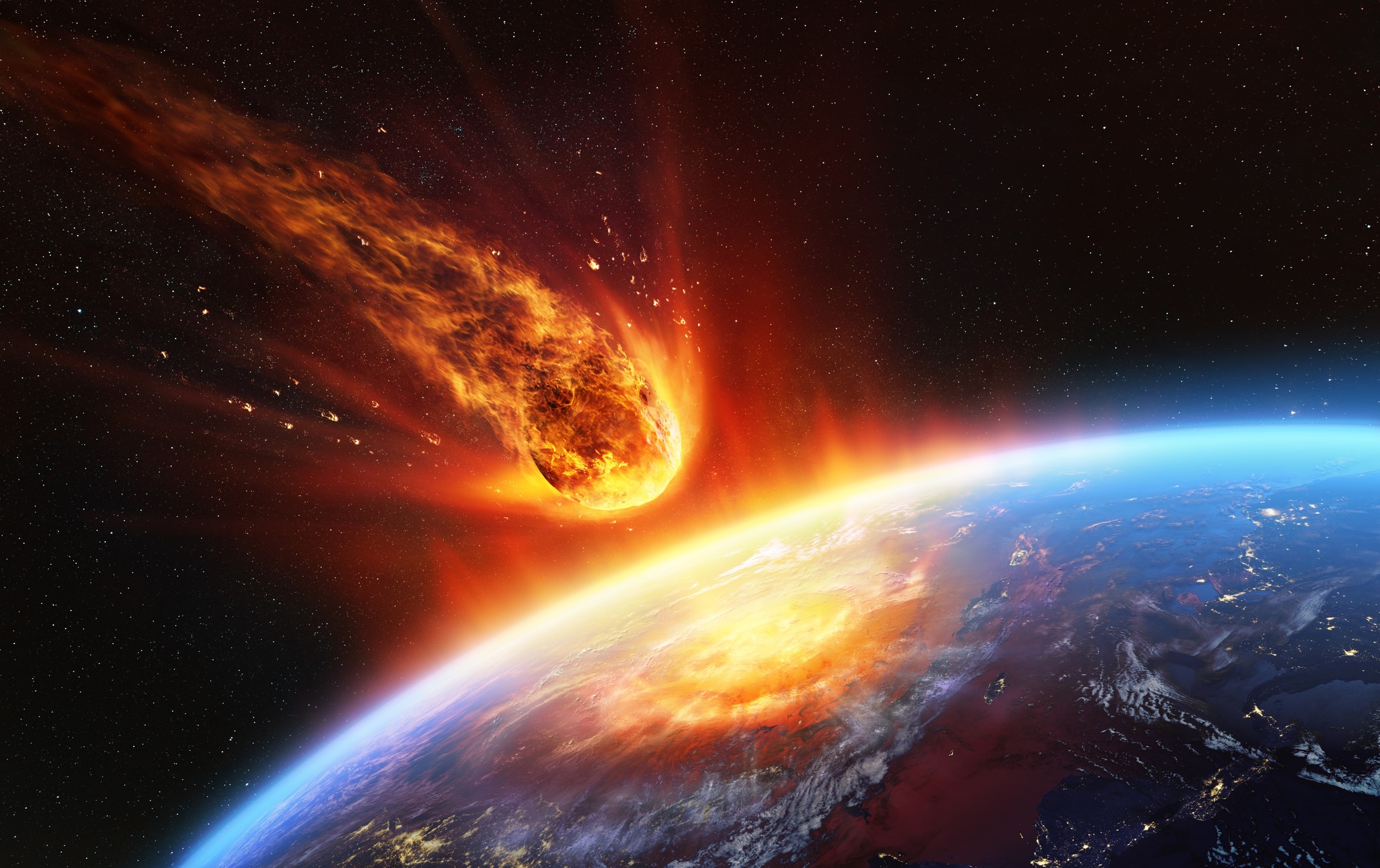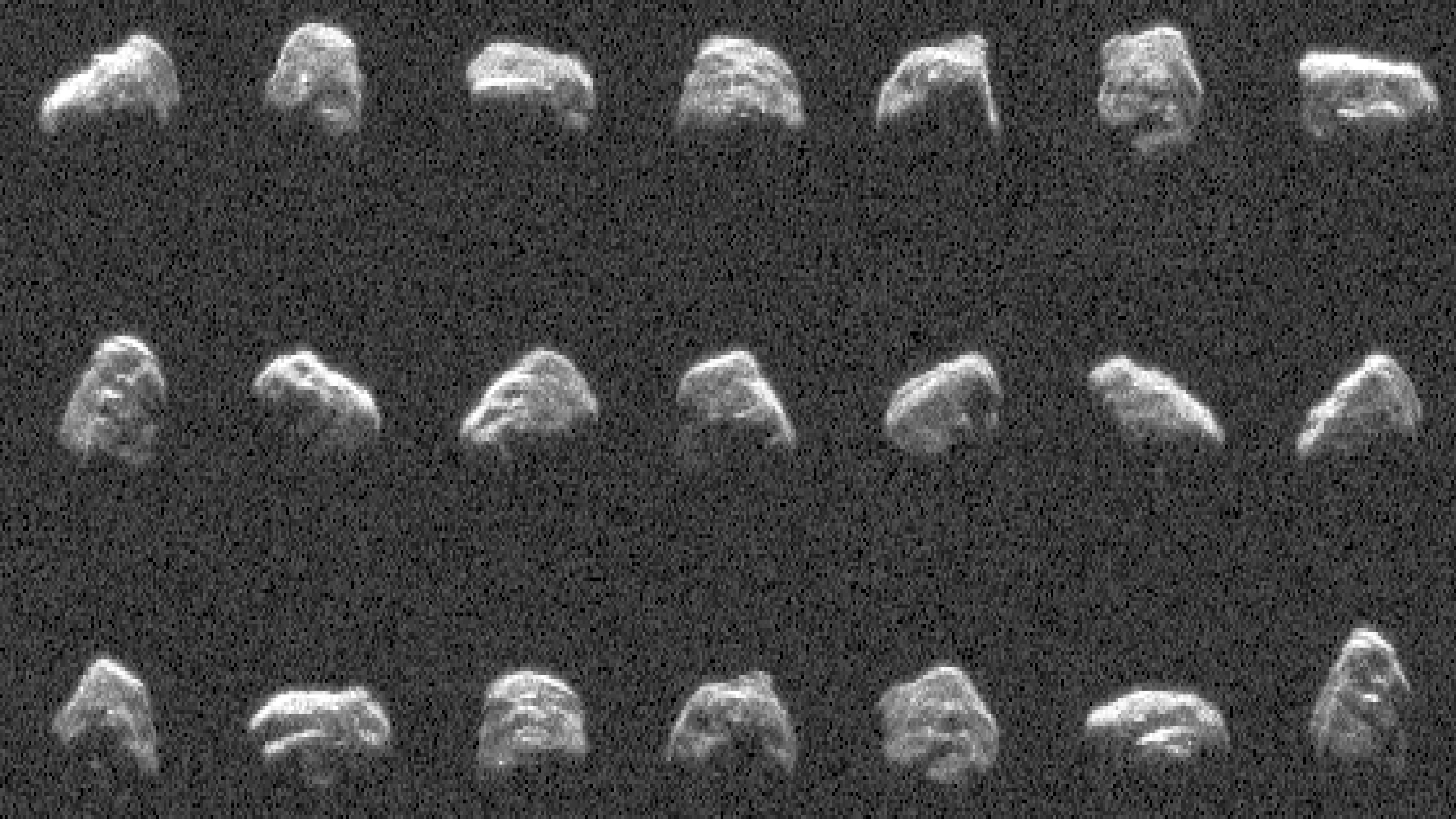Asteroid 2024 Yr4: A Near-Earth Object Of Interest
Asteroid 2024 Yr4: A Near-Earth Object Of Interest
Asteroid 2024 Yr4, A Near-Earth Object drawing attention to its significance.
Editor's Notes: Asteroid 2024 Yr4: A Near-Earth Object Of Interest" have published today date". Give a reason why this topic important to read.
Our team has conducted thorough research and analysis to provide a comprehensive guide on Asteroid 2024 Yr4: A Near-Earth Object Of Interest.
Key Differences or Key Takeaways:
| Attribute | Value |
|---|---|
| Name | 2024 Yr4 |
| Size | 330-750 meters (1,000-2,500 feet) |
| Discovery Date | December 18, 2024 |
| Closest Approach to Earth | November 6, 2028 |
| Estimated Velocity | 43,200 kilometers per hour (27,000 miles per hour) |
| Potential Impact Risk | None |
FAQ
This section presents frequently asked questions and their answers regarding Asteroid 2024 Yr4, a Near-Earth Object that has garnered significant scientific interest due to its potential for future Earth encounters. The information provided here aims to address common concerns and dispel misconceptions about this celestial body, based on current scientific knowledge.

The Day 2024 Asteroid Hits Earth 2024 - Verna Jennette - Source raniaqkarlotta.pages.dev
Question 1: What is Asteroid 2024 Yr4?
It is a Near-Earth Asteroid classified as an Apollo-type asteroid, meaning it orbits the Sun with a semi-major axis greater than that of Earth, but occasionally crosses Earth's orbital path.
Question 2: What is its size and composition?
Based on observations and models, Asteroid 2024 Yr4 is estimated to be approximately 0.4-0.9 kilometers (0.2-0.6 miles) in diameter. Its composition is primarily rocky, likely consisting of silicates and iron.
Question 3: How close will it come to Earth?
According to current predictions, Asteroid 2024 Yr4 is expected to approach Earth on November 17, 2024. It is projected to pass at a distance of approximately 0.05 astronomical units (7.5 million kilometers or 4.6 million miles), which is considered a relatively close approach.
Question 4: Does it pose a threat to Earth?
Current scientific consensus indicates that Asteroid 2024 Yr4 does not pose an immediate threat to Earth. Its trajectory is well-understood, and it is not expected to directly impact our planet during the November 2024 encounter.
Question 5: What are scientists doing to monitor it?
Asteroid 2024 Yr4 is actively monitored by various space agencies and astronomical observatories worldwide. Regular observations and data analysis help refine its orbit and predict its future trajectory to ensure ongoing assessment and mitigation planning.
Question 6: What can we learn from studying it?
Studying Asteroid 2024 Yr4 provides valuable scientific insights into the composition, structure, and dynamics of Near-Earth Objects. It also contributes to the development of planetary defense strategies, advancing our understanding of potential threats and the necessary measures to protect our planet.
In summary, Asteroid 2024 Yr4 is a Near-Earth Object that is being closely monitored by scientists. While it is not expected to pose an immediate threat to Earth, its study holds scientific significance and contributes to our ongoing efforts to understand and mitigate potential risks from asteroids.
Stay tuned for further updates and information as research on Asteroid 2024 Yr4 continues.
Tips
The discovery of Asteroid 2024 Yr4: A Near-Earth Object Of Interest underscores the importance of tracking and studying near-Earth objects (NEOs).
Tip 1: Enhance Monitoring and Detection Capabilities:
Advance observation technologies and networks to improve detection and characterization of NEOs, enabling early identification of potential impact threats.
Tip 2: Develop Mitigation Strategies:
Research and develop technologies for deflecting or disrupting NEOs that pose a risk of impact, mitigating the potential consequences.
Tip 3: Conduct Impact Modeling and Simulations:
Refine models to accurately predict the effects of NEO impacts and utilize simulations to assess the effectiveness of mitigation strategies.
Tip 4: Promote International Collaboration:
Foster global cooperation in monitoring, tracking, and mitigating NEOs, sharing data and expertise to enhance collective preparedness.
Tip 5: Improve Public Awareness and Education:
Educate the public about the importance of NEO research and the potential risks posed by impacts, fostering understanding and support for mitigation efforts.
Summary:
Implementing these tips will strengthen our ability to protect the Earth from potential NEO impacts, ensuring the safety and well-being of humanity.
Asteroid 2024 Yr4: A Near-Earth Object Of Interest
Asteroid 2024 Yr4, discovered in December 2024, is a near-Earth object that has garnered significant interest within the scientific community due to its potential implications for our planet. A comprehensive understanding of its characteristics and trajectory holds paramount importance in assessing any potential risks and devising appropriate mitigation strategies.

Asteroid Heading Towards Earth 2024 India - Adda Livvie - Source timmibvittoria.pages.dev
- Size and Composition: Estimated to be roughly 100 meters in diameter, Asteroid 2024 Yr4 is composed primarily of silicate rock and metallic iron.
- Orbit and Proximity: Its elliptical orbit brings it within approximately 4.6 million kilometers of Earth, categorizing it as a near-Earth object.
- Rotational Period: Observations reveal a rotational period of around 2.5 hours, indicating a relatively rapid spin.
- Surface Features: Imaging data suggests the presence of craters and irregular surface topography, hinting at a complex geological history.
- Potential Impact Threat: While its current trajectory does not pose an immediate threat, ongoing monitoring and analysis are crucial to assess any future potential for impact.
- Scientific Significance: Studying Asteroid 2024 Yr4 provides valuable insights into the composition and evolution of near-Earth objects, enhancing our understanding of potential impact hazards and informing future planetary defense strategies.
The aforementioned key aspects underscore the multifaceted nature of Asteroid 2024 Yr4, emphasizing the need for continued research and monitoring. By delving deeper into its characteristics, trajectory, and potential impact scenarios, scientists can refine risk assessments and develop comprehensive mitigation plans to safeguard our planet and ensure the well-being of future generations.

NASA’s Planetary Radar Tracks Two Large Asteroid Close Approaches - NASA - Source www.nasa.gov
Asteroid 2024 Yr4: A Near-Earth Object Of Interest
Asteroid 2024 Yr4 is a near-Earth object (NEO) that was discovered on December 20, 2024. It has a diameter of approximately 1 kilometer and an orbital period of about 360 days. 2024 Yr4 is classified as a potentially hazardous asteroid (PHA) due to its size and proximity to Earth's orbit.

NASA’s Planetary Radar Tracks Two Large Asteroid Close Approaches - NASA - Source www.nasa.gov
PHAs are asteroids that have a non-zero chance of impacting Earth. The impact of a PHA could cause significant damage, depending on the size and location of the impact. In the case of 2024 Yr4, the impact could cause regional or even global devastation.
For this reason, PHAs are closely monitored by astronomers. Astronomers use telescopes to track the orbits of PHAs and to determine their potential for impact. In the case of 2024 Yr4, astronomers have determined that the asteroid has a 1 in 10,000 chance of impacting Earth in the year 2075.
While the risk of impact is small, it is not zero. Therefore, it is important to continue to monitor PHAs and to develop strategies for mitigating the risk of impact.
One possible mitigation strategy is to use a spacecraft to deflect the asteroid. This could be done by nudging the asteroid with a spacecraft or by using a nuclear explosion to vaporize part of the asteroid. However, deflecting an asteroid is a complex and risky undertaking. Therefore, it is important to weigh the risks and benefits of deflection before taking any action.
Another possible mitigation strategy is to evacuate the area that is at risk of being impacted. This would be a difficult and expensive undertaking, but it could save lives in the event of an impact.
The risk of impact from a PHA is small, but it is not zero. Therefore, it is important to continue to monitor PHAs and to develop strategies for mitigating the risk of impact.
Table: Key Facts About Asteroid 2024 Yr4
| Diameter | Approximately 1 kilometer |
|---|---|
| Orbital Period | About 360 days |
| Risk of Impact | 1 in 10,000 |
| Year of Closest Approach | 2075 |
Discover The Enchanting Land Of Smiles: Your Ultimate Guide To Thailand, Tottenham Hotspur Vs. Leicester City: Premier League Match Preview And Team News, Maghrib Prayer Times: Accurate And Convenient, The Rising Star Of The Pitch: Cristiano Jr.'s Journey To Football Greatness, Ecuador Vs. Bolivia Sub 20: Clash Of Emerging South American Talents, Sad News: Music Icon Daniel Hernandez Passes Away, Egeprocessionsspinner: The Invasive Moth And Its Impacts, Super Mario: A Timeless Adventure That Captivates Generations, Match Report: Hoffenheim Vs. Eintracht Frankfurt - Bundesliga Clash, Hull City Seek Redemption Against Sheffield United In Championship Clash,